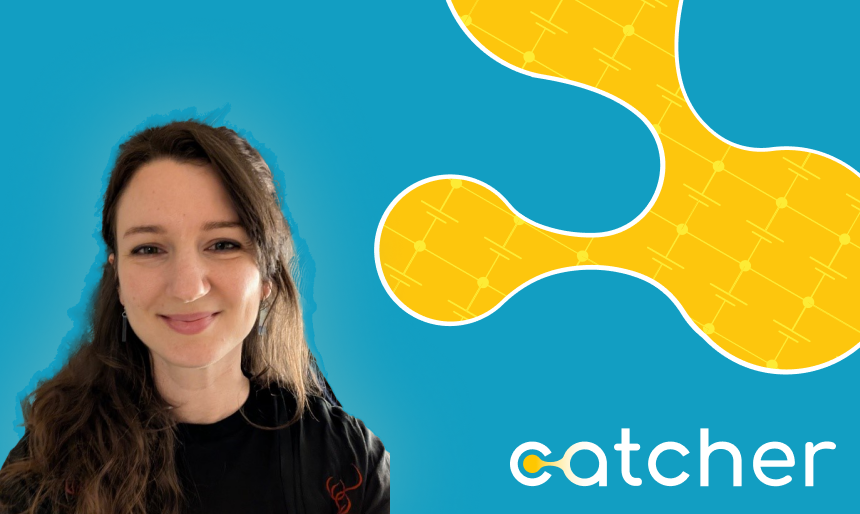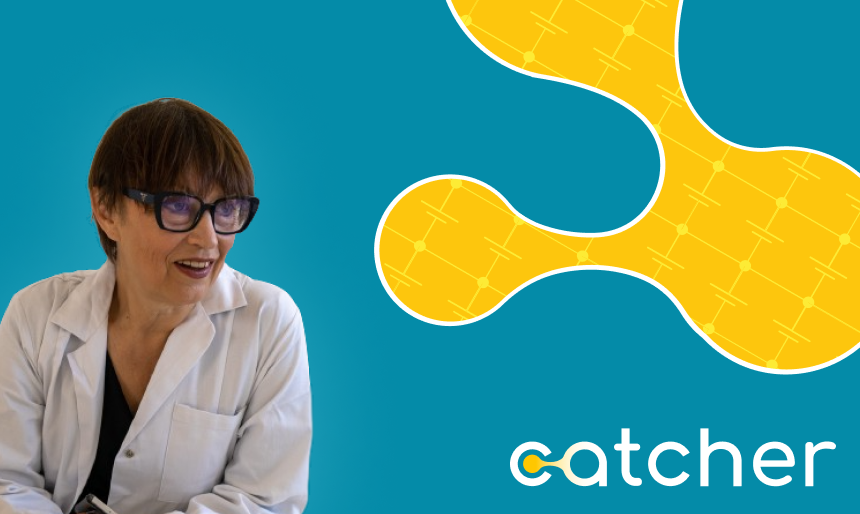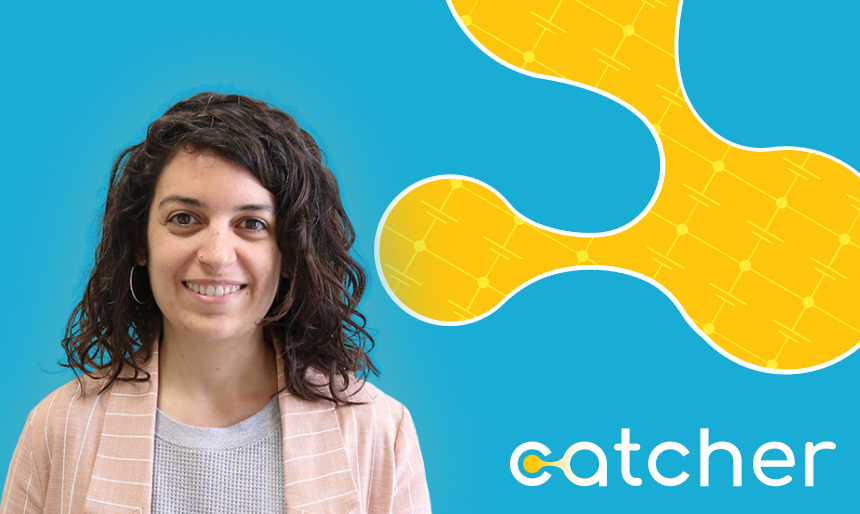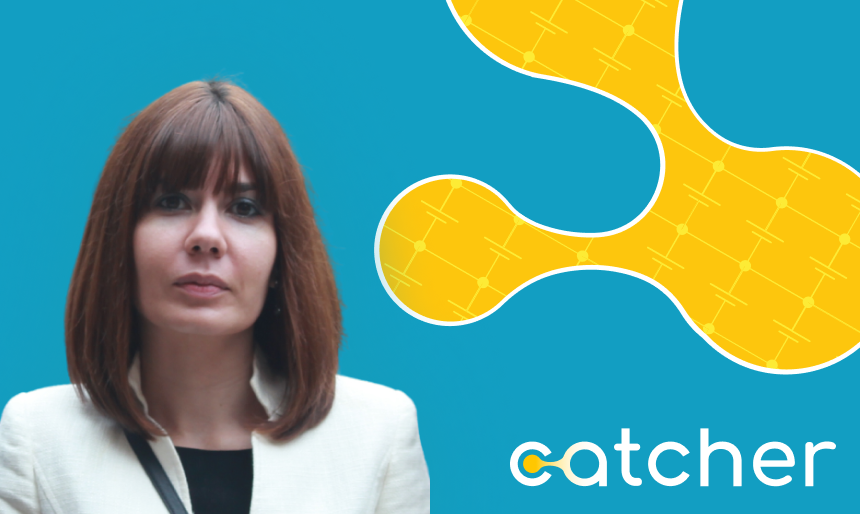
Meet the Team Interview: Olivia Kafka
Meet Olivia Kafka, who works for SYNYO, and is the Dissemination partner of the CATCHER project.
Firstly, tell us a bit about your organization
SYNYO is a private research and innovation enterprise located in Vienna, Austria. Having been involved in over 80 research projects, the interdisciplinary team of SYNYO has taken a role in the whole project lifecycle including basic investigations, requirements analyses, concept designs, technical implementations, programming, validations as well as research dissemination, communication and exploitation tasks.
What is the motivation behind your organization getting involved in the CATCHER project?
The motivation of our company is to communicate the results from the CATCHER project and share with the world a highly innovative technological solution that facilitates the urgently needed energy transition and fulfils Tesla’s idea of “capturing electricity from air”.
How is CATCHER different from other projects that are developing a renewable energy conversion technology?
There are many projects that are developing renewable energy conversion technologies. Some of these projects include solar energy technologies (various types of solar cells, solar PV systems, and applications, solar-driven water), biomass energy technology, wind energy harvesting and deployment, green hydrogen generation technologies, and the synergetic use of renewable energy sources. CATCHER’s vision is to fulfil humanity’s dream of getting “ENERGY from AIR” by converting atmospheric humidity into electricity. The CATCHER’s technological solution is highly innovative and uses the functional heterojunction effect to directly convert the humidity adsorption energy to electrical energy.
What do you hope to achieve through the project?
The CATCHER project is aimed at creating an efficient use of this new sustainable source of renewable energy. Through our dissemination efforts, we want to achieve a broad uptake of this technology, accelerate innovation in this field and strengthen the EU leadership on renewables.
What do you see is the greatest challenge in the renewable energy sector?
There are many solutions and yet, various economic, technological and societal challenges stand in the way of realising a successful and timely transition to renewable energy. There’s no single magic solution – the future energy system will depend on a diverse repertoire of energy sources and technologies, alongside place-based solutions tailored to specific local requirements and possibilities. The CATCHER technology’s remarkable flexibility positions it to be a crucial piece of this complex energy puzzle.
What do you personally find most interesting about the CATCHER project?
As a spatial planner familiar with established renewable energy sources, what truly fascinates me about the CATCHER project is witnessing the evolution of new technologies. It’s inspiring to see them progress step-by-step from concept to eventually becoming integrated into our planning instruments and, ultimately, our daily lives.


